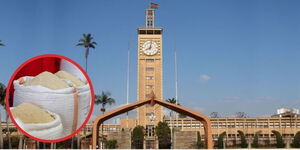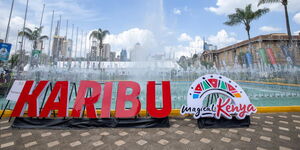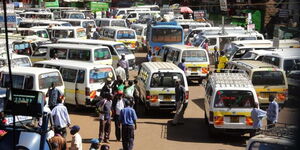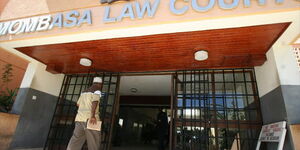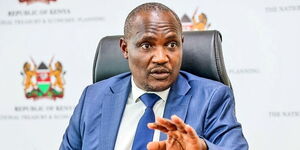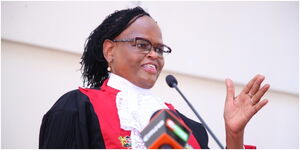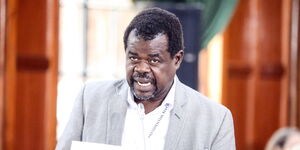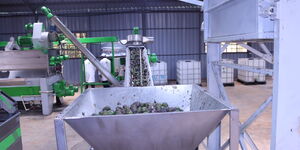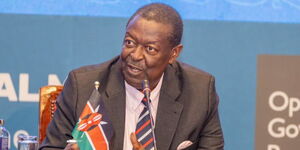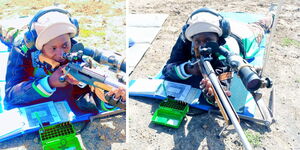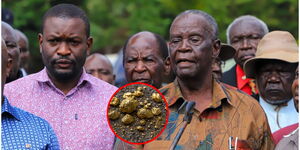On Monday, August 15, the outgoing Deputy President, William Ruto, was declared the president-elect by the Independent Electoral and Boundaries Commission (IEBC) chairman, Wafula Chebukati.
The DP made history by clinching the presidency in his first stab, climaxing his over three decades of his political career with a sweet melody of victory.
He prides himself as a down-to-earth politician who was brought up from humble beginnings, selling chicken by the roadside, to clinching the country's top seat.
History
Born in Sugoi, Uasin Gishu county in 1966, Ruto schooled at Kamagut Primary school before joining Wareng Secondary school and finally Kapsabet Boys High school for his A levels. The outgoing DP then enrolled at the University of Nairobi in 1990 to pursue a Bachelor of Science degree in Botany and Zoology.
He later enrolled for a Master of Science degree in 2011 and ultimately a PhD in 2018.
Prior to the onset of his political career, Ruto was employed as a teacher for two years before venturing into the political scene. His first foot on the political ladder came in 1992 when he was appointed as the treasurer of Youth for KANU 92-a lobby group that was formed to rally support for then-president Moi.
In 1997, Ruto surprisingly defeated then-incumbent Reuben Chesire to clinch the Eldoret North parliamentary seat. His influence in the Moi government earned him a position serving as the assistant minister for Home Affairs.
He would later be promoted to serve as full minister - replacing the late George Saitoti who had been fired by the former President Daniel Arap Moi.
Ruto supported Uhuru Kenyatta for the top seat in 2002 under the KANU party, facing off against Mwai Kibaki's NARC coalition, which comprised Raila Odinga, Kalonzo Musyoka among others.
Despite Uhuru losing the election to the National Rainbow Coalition, Ruto retained his seat as an MP. In 2005, Ruto joined Raila to form the pentagon which opposed the constitutional referendum under the No Movement.
At the time, Ruto solidified his stronghold within the Rift Valley as he asked Kenyans to oppose the proposed changes in the Constitution. After the referendum, ODM clinched victory.
In 2006, Ruto declared that he would vie for the presidency in 2007, a statement that was heavily disputed by some officials in the KANU party.
He sought to become the presidential flagbearer of the Orange Democratic Movement (ODM) but lost to Raila (2,656 votes), coming in third place with 368 votes after the party's delegates post their ballots. Ruto vowed his support for Raila in the 2007 polls, which led to a presidential election marred by chaos.
The late Mwai Kibaki, who was re-elected as the President, formed a grand coalition government with the opposition leader, Raila Odinga, in a bid to quell the tension that had rocked the country.
Later, the outgoing DP was listed among the politicians accused of perpetrating the post-election violence. The charges at the International Criminal Court (ICC) were later dropped.
Ruto also served as the Minister for Agriculture in 2010, before being shifted to the Ministry of Education in April 2010. A year later, Ruto was relieved of his duties.
In 2013, Ruto's United Republican Party (URP) then joined Uhuru Kenyatta's The National Alliance (TNA) to form the Jubilee alliance. The alliance went on to win subsequent elections in 2013 and 2017.

